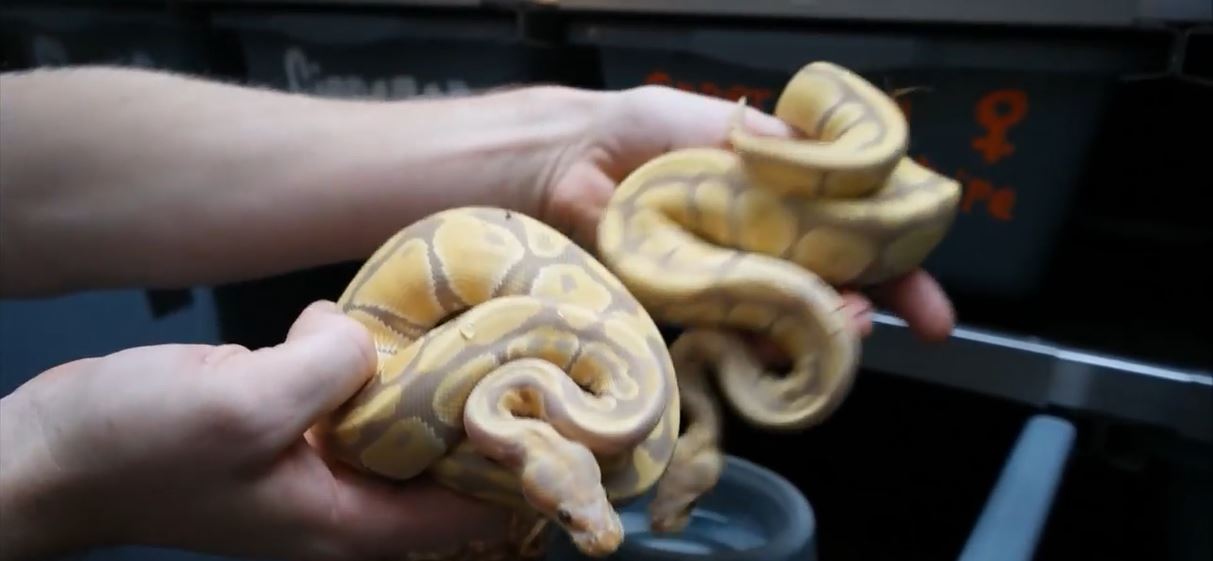Snake Trapping: How To Trap A Snake

Even though it is a known fact that many snakes are harmless and beneficial, many people do not appreciate seeing snakes crawling around in their yard. Nor do they want to take the chance that a snake may find its way into their house. Many are repulsed by snakes or want to rid their property of them for one reason or another.
In defense of the snake, they do eat disease-carrying rodents and insect pests. Few in the United States are poisonous, but the bite of even a non-poisonous snake can be painful and subject to infection. So, just like with all other wildlife, it is good to be cautious around a snake. They prefer to leave humans alone, too, and will only attack when they feel threatened or frightened.
If you have already seen the snake that you would like to trap, try to identify what kind it is. If you know whether or not the snake is a poisonous or a non-poisonous snake, it will make a big difference in the kind of trap you choose and how you handle the trap once the snake is caught inside.
Trapping A Snake
If you have snakes on your property that you would like to get rid of, there are traps made for just that purpose. You can choose between lethal traps and non-lethal or live traps. The lethal trap works on the same principle as a mousetrap. A non-lethal, or live, trap works much the same as any other live animal trap. Bait is placed inside to lure the snake, and then a trap door closes behind it.
Bait is another issue when it comes to trapping snakes. Snakes catch and eat their prey alive. Baiting a trap with a living rodent or other creature that would tempt a snake is very difficult because the bait will generally not stay in the trap area.
Lethal Traps
When the snake approaches a lethal trap and gets its head in the right place, it springs shut on the snake and theoretically kills it. The only problem here is that they don't always work like they are supposed to. Instead, the trap may spring shut too far behind the snake's head and only pin it down without killing it. Then you have the problem of trying to kill it while it is thrashing around in fear and pain. This puts you at great risk of being bitten, especially if it's a poisonous snake. If you have a long-handled forked instrument, you can pin down the head of the snake with it, and then use something to decapitate it.
Non-Lethal Traps
There are some different types of non-lethal traps to choose from. One type is just a box in which is embedded the scent of a rodent. This is supposed to lure the snake inside. You have to be right there to close the lid on the box and seal it shut. This is not a very good method on a couple of counts. First, you have to be right there, standing by the box until the snake decides to check it out. Then, you have to get your hands close enough to close the lid, risking a snake bite. Whether the snake is poisonous or not, a snake bite is something to avoid.
Another type of trap has a thin layer of glue inside, along with the scent of a snake's prey. This layer of glue will hold the snake until you can get to it to close it up. This works a little better, with a somewhat lesser risk of snakebite. However, if you forget about the box, one of two things may happen. Either the glue will break down and loosen its hold on the snake and the snake will escape, or the glue will hold and the snake will starve to death. Snakes are rather intelligent creatures. If they once get away from a trap, they will never go near one again.
If you do catch a snake in a glue trap, take the trap to a good place where you can let the snake go. Pour vegetable oil on the floor of the trap. Cooking spray will work also. The oil will loosen the glue and make it no longer sticky. Then the snake will be able to free itself and exit the trap without you getting unnecessarily close to the snake and risk getting bitten.
Location
Location is an important factor in trapping a snake. The trap should be placed where the snake(s) has been seen in the past. You won't need to camouflage the trap. Common places to set a trap for a snake include the chicken coop, basement, attic, or the garden. Set the trap against a wall as snakes are known to travel along them.
Read the How to get rid of snakes page for helpful information and to learn more about Snake Trapping: How To Trap A Snake

